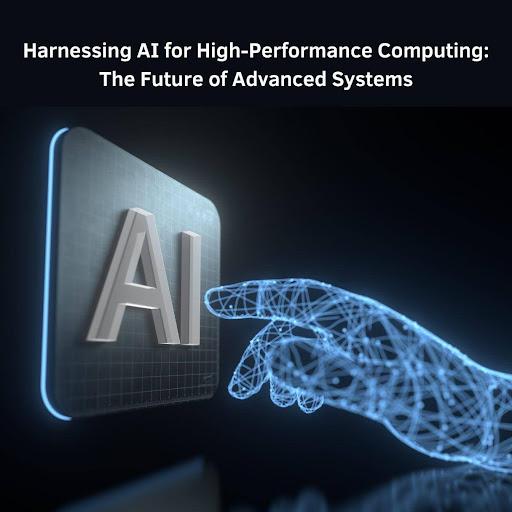In a world driven by data and computation, the integration of Artificial Intelligence (AI) with High-Performance Computing (HPC) is reshaping how complex problems are solved across various disciplines. Suckmal Kommidi, in a detailed analysis, explores how Large Language Models (LLMs) are transforming traditional HPC systems by boosting efficiency and user accessibility. His work outlines key innovations that not only improve computational workflows but also open new possibilities for scientific research and technological development.
Redefining HPC with LLM-Driven Code Optimization
One of the most impactful ways LLMs enhance HPC systems is through code generation and optimization. Traditionally, crafting high-performance code requires domain expertise and significant manual effort. However, LLMs now generate initial code drafts from natural language descriptions and refine them iteratively based on feedback. These models can analyze existing code to suggest optimizations like parallelization, leading to faster execution and reduced memory usage.
This innovation allows researchers to bypass laborious programming tasks, enabling more efficient use of HPC resources. As a result, organizations gain significant performance improvements, including up to 25% faster code execution in computationally intensive fields like fluid dynamics simulations.
Intelligent Workflow Management for Enhanced Productivity
The integration of LLMs in HPC environments extends beyond code optimization to workflow management. LLM-enhanced systems provide intelligent scheduling, resource allocation, and task prioritization. By analyzing historical workflows and current task requirements, these systems recommend optimal configurations that improve efficiency.
LLM-driven workflows have shown a 30% increase in resource utilization and a 25% reduction in overall task completion time. This boost in productivity benefits research institutions and industries alike, enabling teams to manage complex workflows with minimal manual intervention and facilitating faster project completion.
Transforming Data Analysis and Interpretation
Data-intensive fields such as genomics, astrophysics, and healthcare are benefiting from the analytical capabilities of LLMs integrated into HPC systems. LLMs generate complex queries, interpret large datasets, and suggest follow-up analyses, streamlining the research process. In some cases, LLM-assisted data analysis has improved categorization speed by 50%, matching or exceeding the accuracy of human experts.
These advancements are not only accelerating research outcomes but also ensuring that HPC resources are accessible to a wider range of users, including those without specialized coding expertise. LLMs democratize access to HPC by offering natural language interfaces, allowing researchers to interact with systems intuitively.
Addressing Challenges with Scalable Solutions
Despite the numerous benefits, integrating LLMs with HPC systems presents challenges, including compatibility issues with legacy software and managing the computational demands of large models. Solutions to these challenges include modular architectures for seamless updates, fine-tuned access controls to ensure security and the use of containerization for efficient deployment.
Resource management is another critical area addressed through AI-driven schedulers, which predict system needs and allocate resources dynamically. These strategies not only ensure smooth operation but also reduce operational costs by 22% over three years, demonstrating the long-term value of LLM integration.
The Road Ahead: Innovations and New Possibilities
In the future, LLMs designed for specific HPC environments promise to lower computational overhead while enhancing performance. Key applications include autonomous experiment design, real-time energy grid optimization, and advanced quantum computing code generation. These innovations foster interdisciplinary collaboration, uniting experts to address complex challenges across various fields.
In conclusion, Suckmal Kommidi‘s research demonstrates how integrating LLMs with HPC systems can revolutionize scientific computing. By enhancing code optimization, workflow management, and data analysis, LLMs improve accessibility and efficiency while reducing costs and boosting productivity. This synergy empowers researchers to achieve breakthroughs across disciplines. As AI and HPC continue to evolve, their integration promises limitless future applications, marking a pivotal step toward next-generation computing and accelerating innovation across various fields.







